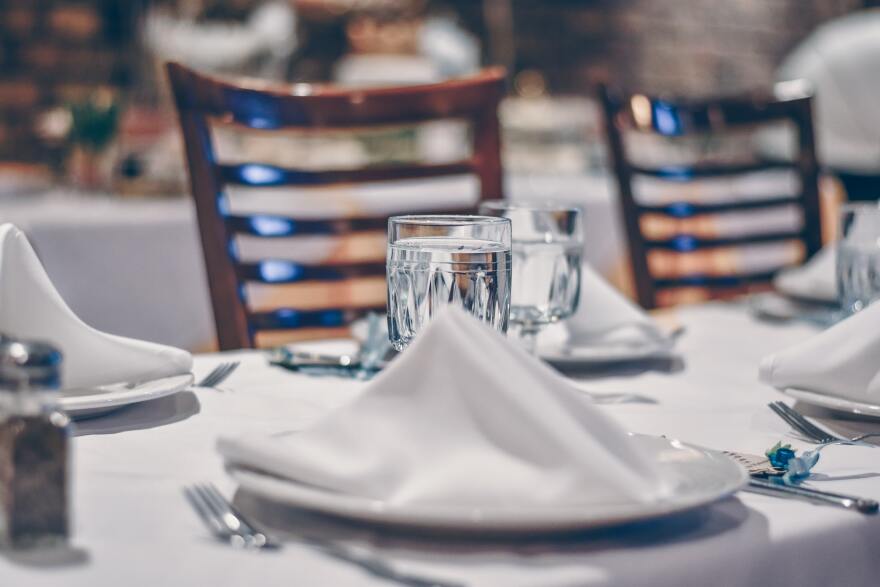The COVID-19 pandemic has proved challenging for restaurants, with operators struggling to navigate continuously shifting questions about staff support, finances, safety, and retooling to meet consumer needs. A restaurant’s return to patio or indoor service might look different depending on its business model, and for fine dining, where the high-end menu is just one part of the overall experience, the path to reopening is uniquely complex.
Mark Kurlyandchik, restaurant critic for the Detroit Free Press, said many people have come to associate upscale restaurants serving high-quality food with “fine dining,” even if those restaurants, which have grown increasingly popular in the past decade, are actually serving more of a "fine casual" fare. In its traditional model, he said, fine dining involves a lot of formality and attention to presentation, and not just of the food.
“To me, ‘fine dining’ has some old-school connotations--white tablecloths, servers who are typically wearing some kind of server’s uniform, no jeans,” Kurlyandchik said. “There were predictions that it was going to come back, this sort of staid, white tablecloth, very formal service, and I think COVID has sort of put what may be the final nail in the coffin of that kind of old-school dining experience.”
Fine dining establishments tend to have a large staff working in a comparatively small space, Kurlyandchik said. And, traditionally, staff members are expected to frequently come into contact with customers throughout the course of a long meal--an intricate process that, amid the pandemic, gets suddenly more complicated.
“You’re talking about three servers, just in the front of house, that are taking care of each guest,” Kurlyandchik said. “If we’re talking about limiting the way that we interact with one another and limiting the amount of people that we interact with, there’s just no reality that that sort of old-school fine dining can work with this pandemic.”
Some restaurants--fine dining establishments or otherwise--have made dramatic changes to their brand or service models in the aftermath of the stay home order this spring. Pernoi, a fine-dining establishment in Birmingham recently pivoted from a “super high-end,” white tablecloth model to a trattoria-style business, now called Casa Pernoi. Logan, a white-linen restaurant in downtown Ann Arbor, recently closed for good, and the space was purchased for expantion by neighboring restaurant Frita Batidos, a casual restaurant more suited for takeout and delivery.
“To me, a fine dining meal--what it really provides is escape, or a suspension of reality, where you kind of just forget about all your troubles,” said Kurylandchik. But now, with heightened safety precautions and gear, as well as the ever-present risk of contracting COVID-19 on people's minds, that “suspension of reality” might not be so easy to create, he said.
Still, high-end restaurants probably won’t disappear entirely, Kurlyandchik added. Fine dining businesses might be well-positioned to control costs if they pre-fix menus--plus, white tablecloth operations don’t tend to involve communal tables or shared plates.
“I think the X factor is: how comfortable is the general public going to be wanting to go to a place and sit for three hours or four hours, for this long, multicourse meal in an enclosed environment?” Kurlyandchik said.
This post was written by Stateside production assistant Nell Ovitt. To hear Kurlyandchik, as well as an interview on Stateside with Frita Batidos owner and chef Eve Aronoff Fernandez, click on the audio player above.




